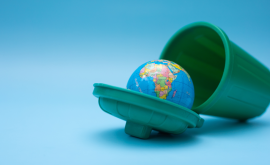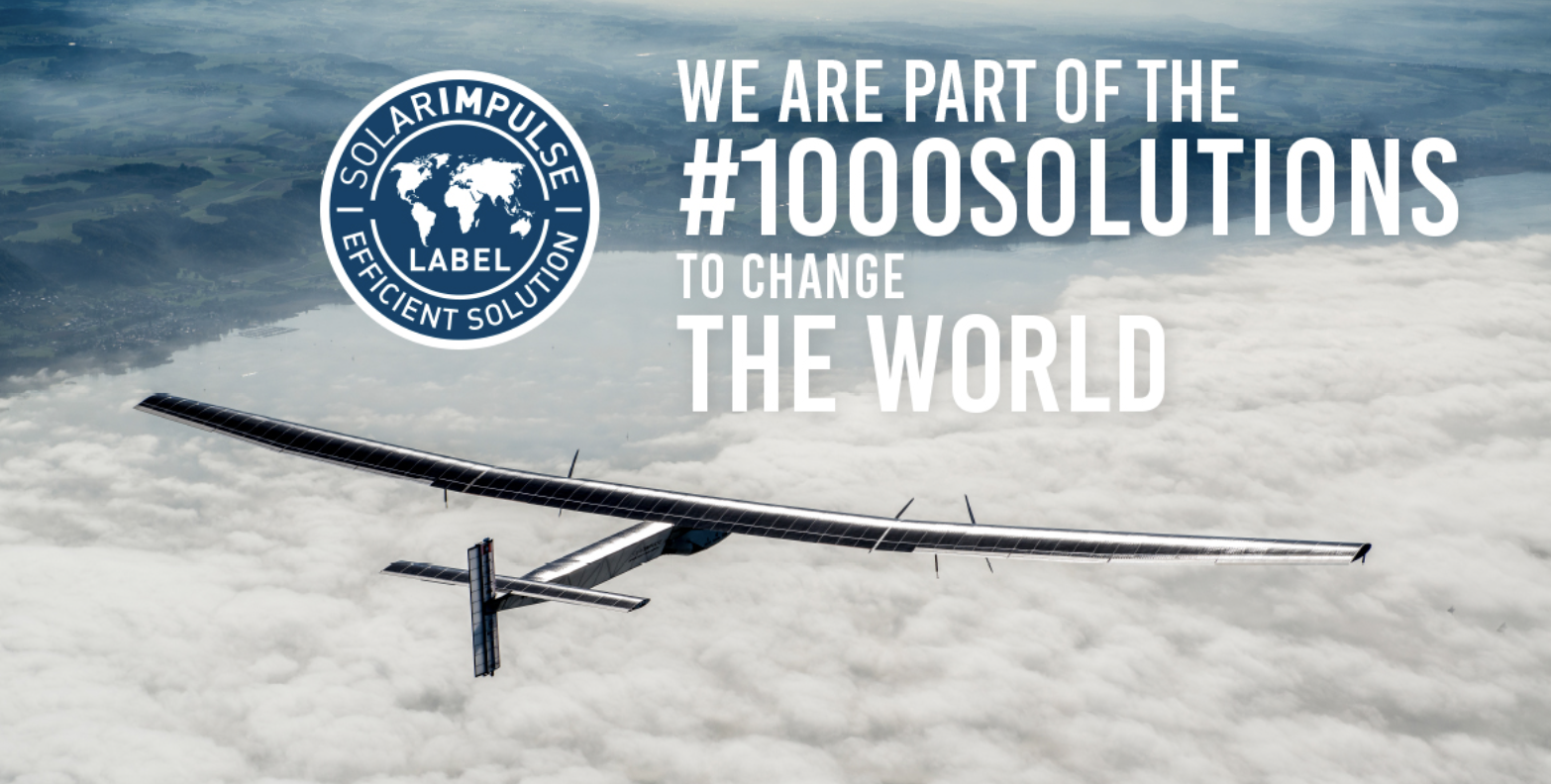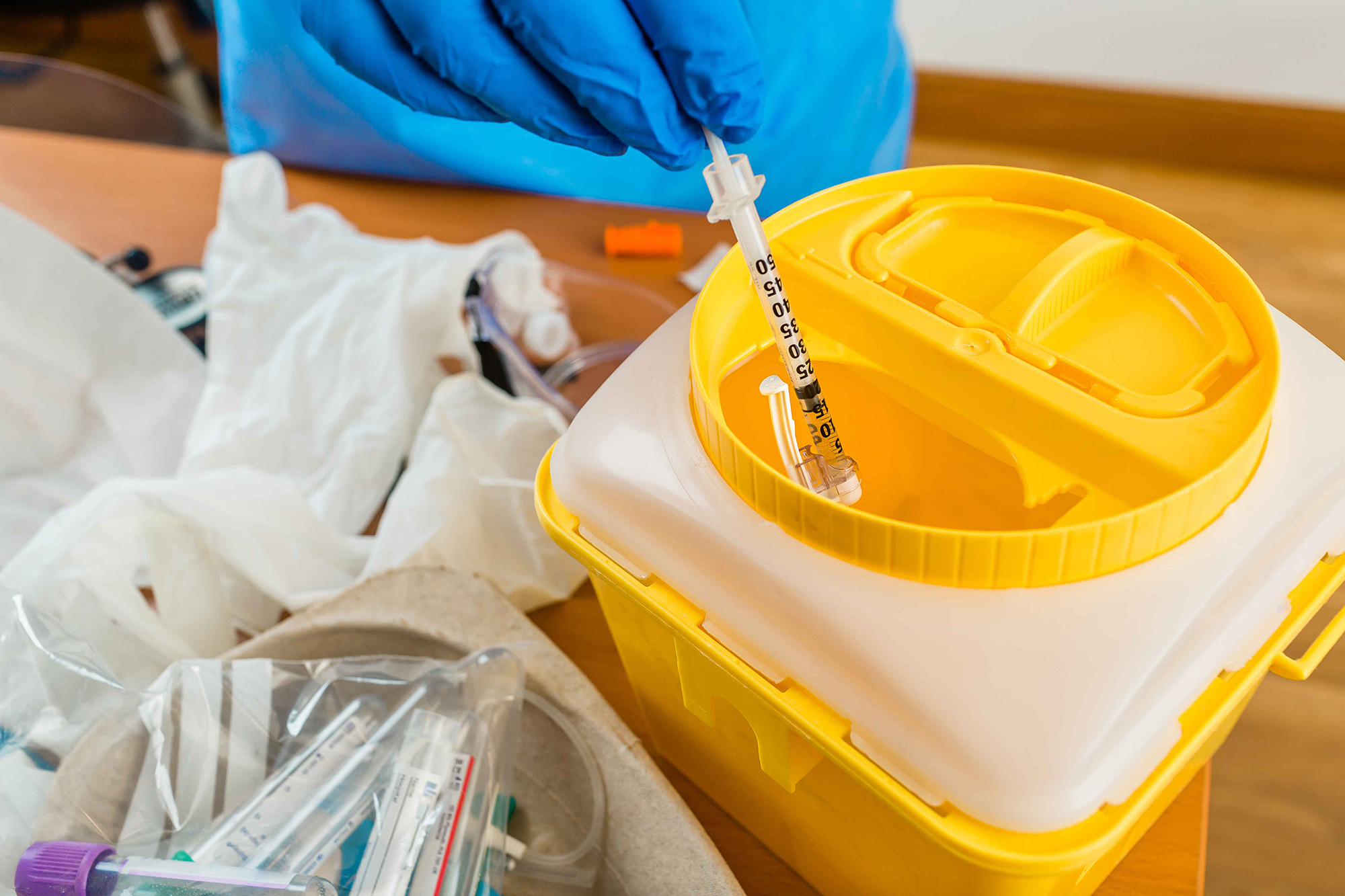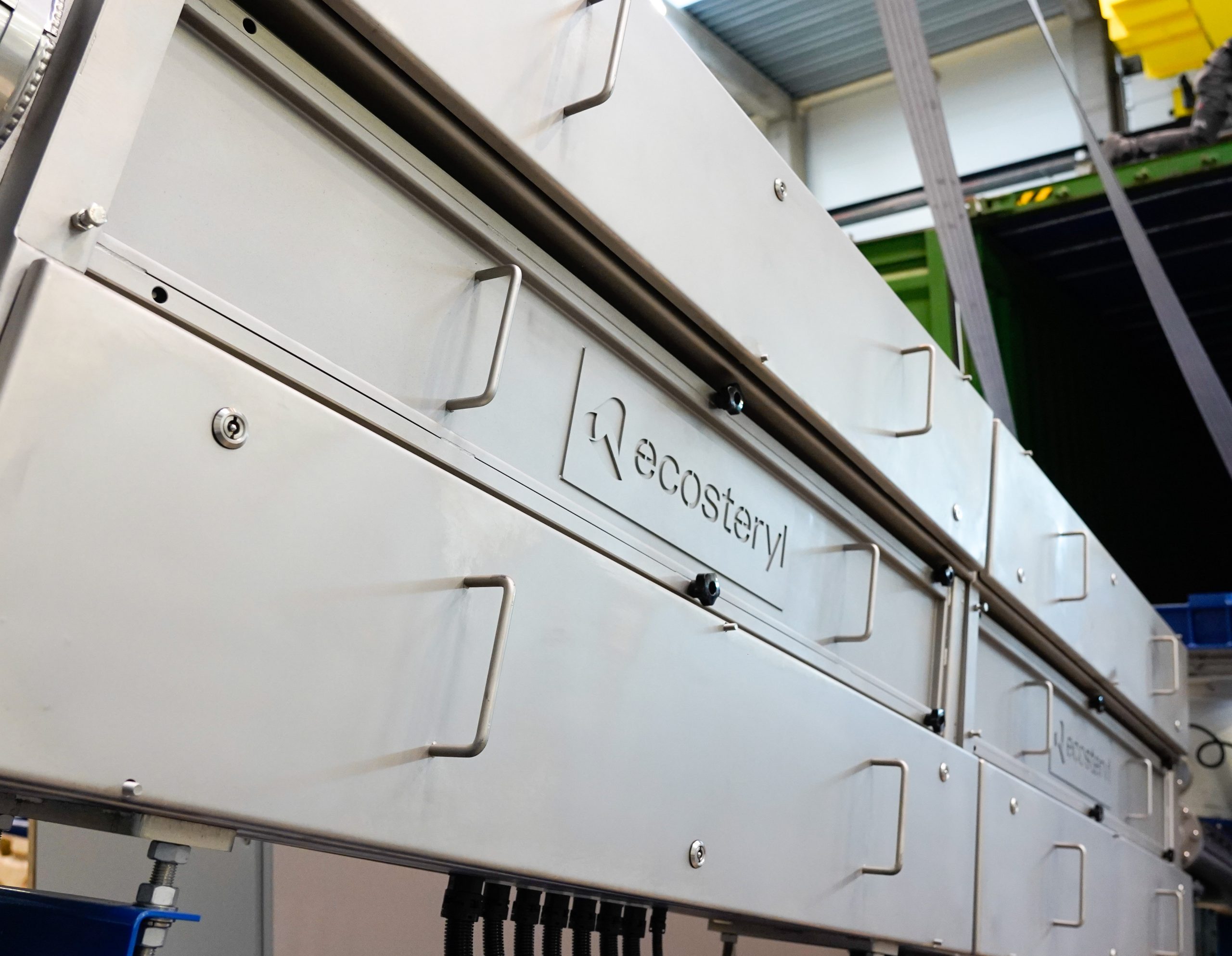For information
Medical waste: Types and treatment
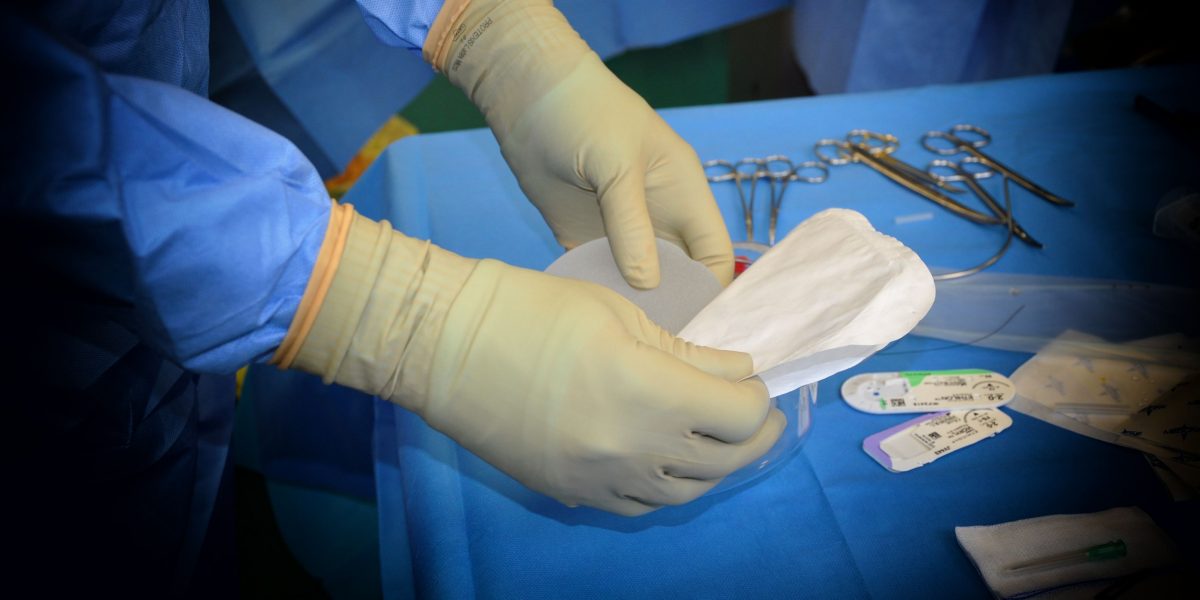
Medical waste is derived from healthcare activities. Most of the time, it comes from hospitals. This kind of waste is potentially dangerous and, thus, infectious. But what exactly is medical waste? To what extend is it dangerous? How much medical waste is there worldwide?
Medical waste is, as its name suggest, what remains from medical products after use.
More than 2 billion tons of solid waste are produced annually by people and companies (Waste Generation Index, WGI, from the British consultancy Verisk Maplecroft). Managing such remainders from human consumption has thus become, for the 40 last years, one of the major challenges of good governance in developed countries (collection, treatment and recovery in a perspective of circular economy).
Indeed, these countries are also the biggest producers of such waste. Alerted by scientists, their public opinions have encouraged the authorities to take into consideration the harmful effects that this kind of waste has on nature and the environment, as well as the economic windfall it could constitute. Recycling has long proven that our bins are actually gold mines that are too often underexploited.
Medical waste: one third of waste
According to the United Nations Environment Programme (UNEP), one bed in a healthcare centre produces half a kilo of medical waste per day. This represented one third of the global waste production (1,4 kg of waste per capita, according to the OECD) in 2015.
This is only a mean: one bed in a university hospital based in a rich country produces 10 kg of waste daily.
Rest assured, the world won’t end tomorrow. The WHO and the Red Cross explain that 75 to 90% of this waste is absolutely harmless. It can be treated through the same recycling channel as urban waste.
The rest – between 10 and 25% depending on the zone – represents hazardous medical waste.
Hazardous medical waste
Such waste can be divided into 5 categories (the two first groups can be treated by the Ecosteryl machines):
- sharp and cutting waste
- “human” waste deriving from surgeries
- waste deriving from (cytotoxic and chemical) treatments
- volatile waste (gas)
- radioactive waste
1) Sharp and cutting waste
According to the WHO, it is the most hazardous kind of waste for healthcare professionals and the general public.
In 2000, the accidents related to sharp and cutting waste caused around 90.000 cases of infection among medical staff: there were 66.000 cases of hepatitis B, 16.000 of hepatitis C, and between 200 and 5.000 cases of HIV. Because of poor waste management, the situation is unlikely to improve. The WHO found that 16 billion of injections are performed worldwide on a daily basis. Yet, needles and syringes are sometimes poorly sorted, and not all are properly disposed of.
2) “Human” waste deriving from surgeries
Potentially contaminating waste (such as blood, secretions, excretions, anatomical waste and infectious waste like infectious agents or isolated infectious patients).
3) Waste deriving from (cytotoxic and chemical) treatments
This refers to pharmaceutical waste, cytotoxic waste (which contains the substances that affect tumour cells), waste that contains heavy metals and chemical waste.
Pressure holders (such as gas canisters or spray cans) and nuclear medicine-derived radioactive waste are also included.
Dramatic increase in waste due to COVID-19
Because of the pandemic, waste has considerably boomed in the last two years. In France, a flagship market where Ecosteryl enjoys a leading position, the amount of waste has jumped by 40-50% according to the National Federation of Decontamination and Environmental Businesses (Fnade). In the meantime, waste deriving from the construction sector (-80%), companies (-50%) and households (-30%) was continuously dropping.
How is medical waste dealt with?
Even though scientific literature has long emphasized that medical waste is potentially infectious, many countries still manage medical waste poorly. More than 70 countries do not know how to deal with it due to a lack of national legislation. Since 2006, GAVI (the Vaccine Alliance) and the WHO have collaborated in helping those countries set up a medical waste strategy and management plan.
Meanwhile, although hazardous medical waste contains toxic chemicals and poses a risk of contamination for the population and the environment, it is still mainly buried or incinerated –sometimes inadequately– for want of anything better in many areas. And that’s a shame for the environment.
An unresolved problem for 40% of hospitals
In 2015, the WHO conducted an investigation which found that only 6 out of 10 facilities were equipped with systems that enable the safe disposal of healthcare waste.
It is easy to understand why: legal structures are often lacking and, when they do exist, the problem lies in the lack of technology and trained staff for want of money.
Medical waste decontamination
Nevertheless, with the help of innovation and research & development, governments and their public services have access to alternative technologies to incineration. Rather than incinerating medical waste, we decontaminate it, making it harmless. Infectious waste thus becomes non-infectious.
Decontamination of medical waste can be achieved through shredding and heating at 100°C for about 1 hour thanks to microwaves and electrical resistances. All these conditions can be combined in a single compact unit, i.e. an Ecosteryl machine, a solution that comes in 3 models with different capacities. The shredded material can even be automatically sorted, and this is only possible with the R-steryl machine. The combination of the two machines (Ecosteryl and R-Steryl) even makes it possible to achieve circularity with respect to medical waste. This solution requires very little staff, who can be trained quickly.
The machine can be installed in hospitals or on the premises of a service provider that collects and decontaminates hospital waste.
The other solution for decontamination, the autoclave (steam sterilization in a pressurized tank), is initially less expensive, but consumes a lot of energy and water, which also has to be decontaminated. Moreover, it requires a special installation and civil engineering work in order to function properly in medical facilities. What is more, the resulting humid atmosphere is uncomfortable for staff members, and the process is cyclical. This means that it is necessary to wait until the end of one cycle before starting another.
All in all, this solution ends up being less interesting and eco-friendly.
Institutions, service providers and hospitals must choose the solution that best meets their needs.
In this regard, we can naturally help you.

